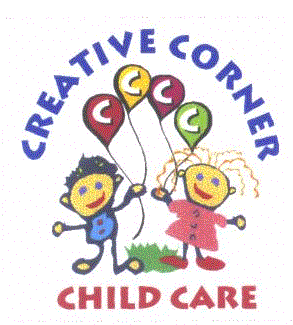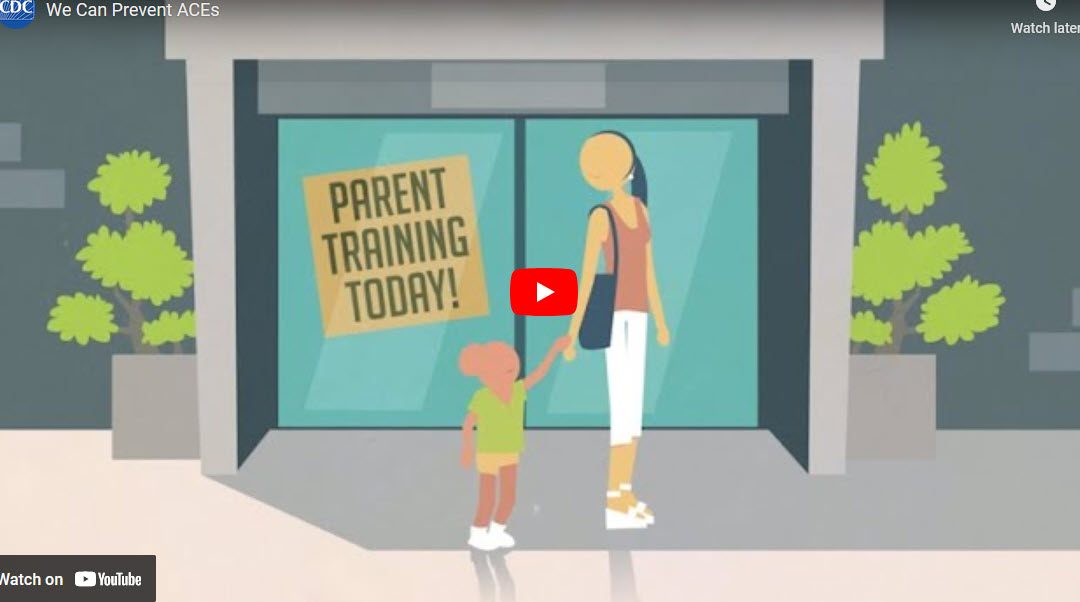Adverse childhood experiences (ACEs) can have a tremendous impact on future violence victimization and perpetration, and lifelong health and opportunity. CDC works to understand ACEs and prevent them.
What are adverse childhood experiences?
Adverse childhood experiences, or ACEs, are potentially traumatic events that occur in childhood (0-17 years). For example:
- experiencing violence, abuse, or neglect
- witnessing violence in the home or community
- having a family member attempt or die by suicide
Also included are aspects of the child’s environment that can undermine their sense of safety, stability, and bonding, such as growing up in a household with:
- substance use problems
- mental health problems
- instability due to parental separation or household members being in jail or prison
Please note the examples above are not a complete list of adverse experiences. Many other traumatic experiences could impact health and wellbeing.
ACEs are linked to chronic health problems, mental illness, and substance use problems in adolescence and adulthood. ACEs can also negatively impact education, job opportunities, and earning potential. However, ACEs can be prevented.
How big is the problem?
ACEs are common. About 61% of adults surveyed across 25 states reported they had experienced at least one type of ACE before age 18, and nearly 1 in 6 reported they had experienced four or more types of ACEs.
Preventing ACEs could potentially reduce many health conditions. For example, by preventing ACEs, up to 1.9 million heart disease cases and 21 million depression cases could have been potentially avoided.
Some children are at greater risk than others. Women and several racial/ethnic minority groups were at greater risk for experiencing four or more types of ACEs.
ACEs are costly. The economic and social costs to families, communities, and society totals hundreds of billions of dollars each year. A 10% reduction in ACEs in North America could equate to an annual savings of $56 billion.
What are the consequences?
ACEs can have lasting, negative effects on health, well-being, as well as life opportunities such as education and job potential. These experiences can increase the risks of injury, sexually transmitted infections, maternal and child health problems (including teen pregnancy, pregnancy complications, and fetal death), involvement in sex trafficking, and a wide range of chronic diseases and leading causes of death such as cancer, diabetes, heart disease, and suicide.
ACEs and associated social determinants of health, such as living in under-resourced or racially segregated neighborhoods, frequently moving, and experiencing food insecurity, can cause toxic stress (extended or prolonged stress). Toxic stress from ACEs can negatively affect children’s brain development, immune systems, and stress-response systems. These changes can affect children’s attention, decision-making, and learning.
Children growing up with toxic stress may have difficulty forming healthy and stable relationships. They may also have unstable work histories as adults and struggle with finances, jobs, and depression throughout life. These effects can also be passed on to their own children. Some children may face further exposure to toxic stress from historical and ongoing traumas due to systemic racism or the impacts of poverty resulting from limited educational and economic opportunities.
How can we prevent adverse childhood experiences?
ACEs are preventable. To prevent ACEs, we must understand and address the factors that put people at risk for or protect them from violence.
Creating and sustaining safe, stable, nurturing relationships and environments for all children and families can prevent ACEs and help all children reach their full potential. CDC has produced a resource, Preventing Adverse Childhood Experiences (ACEs): Leveraging the Best Available Evidencepdf icon, to help states and communities use the best available evidence to prevent ACEs. It features six strategies from the CDC Technical Packages to Prevent Violence.
Strategy
Strengthen economic supports to families
Promote social norms that protect against violence and adversity
Ensure a stron start for children
Teach skills
Connect youth to caring adults and activities
Intervene to lessen immediate and long-term harms
Approach
- Strengthening household financial security
- Family-friendly work policies
- Public education campaigns
- Legislative approaches to reduce corporal punishment
- Bystander approaches
- Men and boys as allies in prevention
- Early childhood home visitation
- High-quality child care
- Preschool enrichment with family engagement
- Social-emotional learning
- Safe dating and healthy relationship skill programs
- Parenting skills and family relationship approaches
- Mentoring programs
- After-school programs
- Enhanced primary care
- Victim-centered services
- Treatment to lessen the harms of ACEs
- Treatment to prevent problem behavior and future involvement in violence
- Family-centered treatment for substance use disorders
Raising awareness of ACEs can help:
- Change how people think about the causes of ACEs and who could help prevent them.
- Shift the focus from individual responsibility to community solutions.
- Reduce stigma around seeking help with parenting challenges or substance misuse, depression, or suicidal thoughts.
- Promote safe, stable, nurturing relationships and environments where children live, learn, and play.
Let’s help all children reach their full potential and create neighborhoods, communities, and a world where every child thrives.

